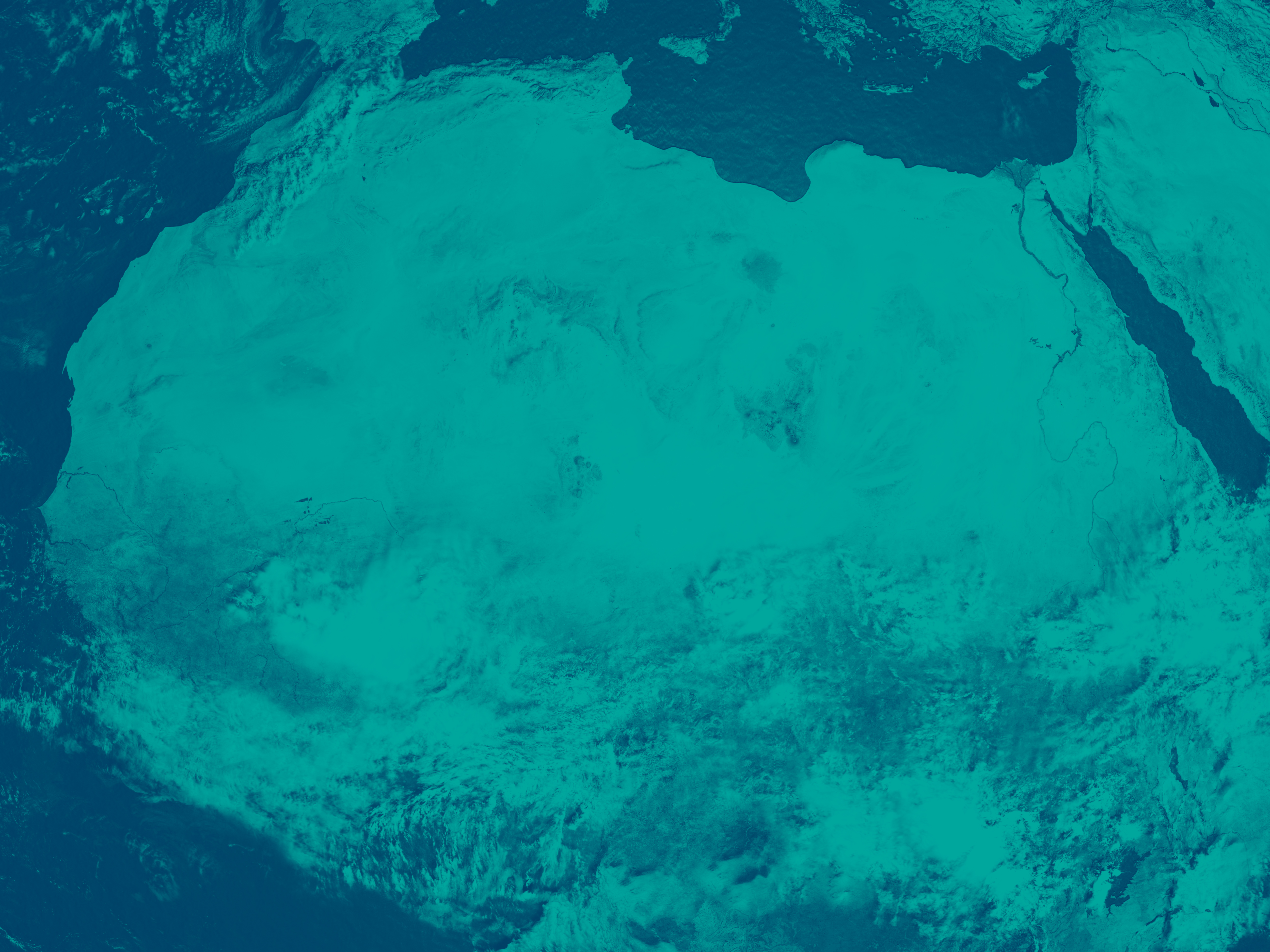Not since the Iranian revolution has the issue of Shiite political development been of such interest to observers of Middle Eastern politics. The success of Shiite candidates in the recent Iraqi elections, the prominent role played by Hizbollah in mobilizing its support base in Lebanon for pro-Syrian rallies, and the success of Shiite candidates in Saudi Arabia's Eastern Province during that country's municipal elections have created the impression that there is a new expression of Shiite political identity underway within the region. With the United States' push for democratization in the region, the conditions may be present to alter the Shiites' historically inferior socioeconomic status through political action.
Before hastening to conclude that the recent electoral success of Shiite political parties in Iraq presages a surge in Shiite political activism in the region, observers should look at Shiite political activism in its local context. The diversity of Shiite political interests at play is perhaps best illustrated in Lebanon Here, the pro-Iranian Hizbollah represents some, though by no means all, of the Shiite population. Hizbollah's communal rival Amal was founded by religious scholar Musa Sadr, but is now headed by non-cleric Nabih Berri and looks towards Syria, rather than Iran, for support. The leading Lebanese Shiite cleric, Ayatollah Muhammad Hussein Fadlallah, is capable of exercising political leadership given the size of his following, but he maintains his independence from both Shiite political parties in his country, as well as from the Iranian leadership. The Shiites also maintain a strong presence in the Lebanese Communist Party.
There is an unstated fear of Shiite politicization among Western policy analysts that is, in large part, based on the outcome of the Iranian revolution and a belief that Shiite politicization is always directed by clerics—and hence automatically anti-American. Such a view ignores the fact that Iranian-style theocratic rule is attractive to only a small percentage of Shiite political groups. Iraqi Prime Minister Ibrahim Jaafari, for instance, moved his elements of the Dawa Party away from Iran to avoid becoming too closely beholden to Iranian views of political leadership. Just as American fears that the Soviet Union was behind all socialist political movements during the Cold War blinded the United States to the real sense of political and economic injustice that spawned many such parties, policy analysts need to look critically at the circumstances that the Shiites find themselves in within each country before they assume that all Shiite political roads lead to Tehran.
All of this is not to deny there is a Shiite ideological construct that is extraterritorial in nature, or that Iran actively influences some Shiite political parties. In Iraq for instance, Iran's historic and educational links with its co-religionists in the south of the country provide a firm basis for cross-border influence-peddling. At the same time, the late Ayatollah Khomeini's notion of wilayat al faqih (governorship of the jurist) provides an ideological bridge that links the Iranian leadership to other Shiites in the region. Lebanon's Hizbollah and Iraq's Supreme Council for Islamic Revolution in Iraq (SCIRI) are two examples in which ultimate authority on issues of political ideology (as opposed to concrete policies) rests with Iran As Hizbollah has found in multireligious Lebanon, however, the conditions that allowed the concept of wilayat al faqih to be implemented in Iran do not exist in Lebanon Hence clerical political leadership for them remains a distant goal, rather than one that is achievable in the short or medium term.
Democratization offers the Shiites a way of overcoming their political disenfranchisement through the use of their demographic strength. The Iraqi election gave the estimated 60 percent of the population who are Shiites the ability to achieve the strong political voice denied them in the past. In Lebanon, both Shiite parties advocate changes to the electoral law that allocates to Shiites far fewer parliamentary seats than their numbers would justify. While the Shiites' attempts to alter the political status quo throughout the region go back over 40 years—from the attraction of leftist parties to the intellectual activity of Najafi scholars in the 1950s and 1960s—what is different now is that there is a more permissive international environment for transforming demographic strength into political power. That does not mean that countries will become clones of Iran if the Shiites attain political power; it will be local conditions and local leaders who determine the political direction of the Shiites.
Dr. Rodger Shanahan is a visiting research fellow at the Research Institute for Asia and the Pacific, University of Sydney
.
His book
The Shi‘a of Lebanon: Clans, Parties and Clerics
will be published by IB Tauris in August 2005.






